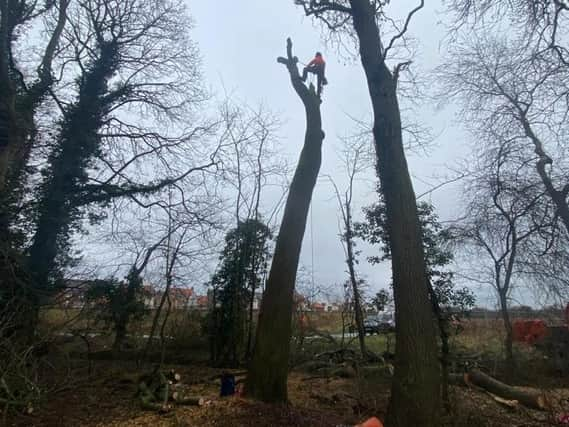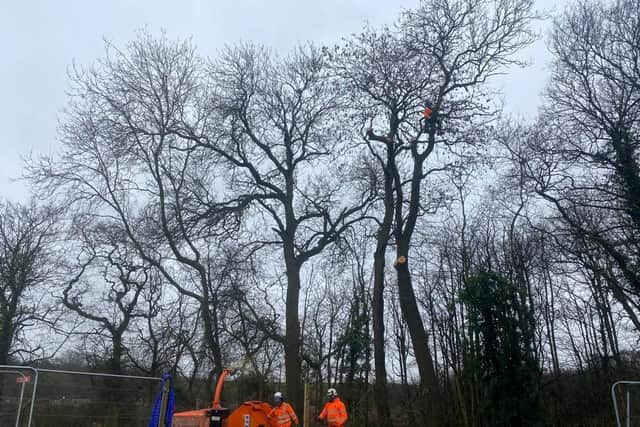Diseased and dying trees in Daventry transformed into eco habitats for birds and bats


The renewal scheme, which is aimed at encouraging wildlife breeding, is part of Crest Nicholson’s work to expand and relandscape the 140 acre Daventry Country Park.
Following a tree survey, Crest Nicholson worked with landscape architects, Allen Pyke Associates, to identify trees that were unsafe and no longer viable and took off their branches and cut into the trunk to create suitable roosting spaces.
Advertisement
Hide AdAdvertisement
Hide AdThe trees will be left to slowly decay, creating perfect environments for wildlife. The branches have also been cut down to size and stacked in piles in the park to foster habitats for insects, bees, and other small members of the wildlife community. In addition, the foliage has been spread out as mulch to give nutrients back to the rest of the tress.


Vanessa MacNee, sales and marketing director, said: “We take pride in building communities at Crest Nicholson, and that includes looking after the wildlife that surrounds our developments.
"Rather than remove the dying trees at Daventry Country Park, we decided to convert them into eco habitats to support the animals and insects that live in our environment. Preserving and supporting nature is an important part of Crest Nicholson’s ecology strategy, and a simple measure like this is one example of the work we’re undertaking.”
Located just two miles north of Daventry, Monksmoor Park is nestled in an abundance of open space, situated next to the Grand Union Canal with the Country Park close by.